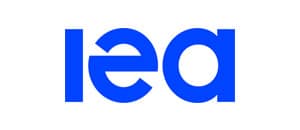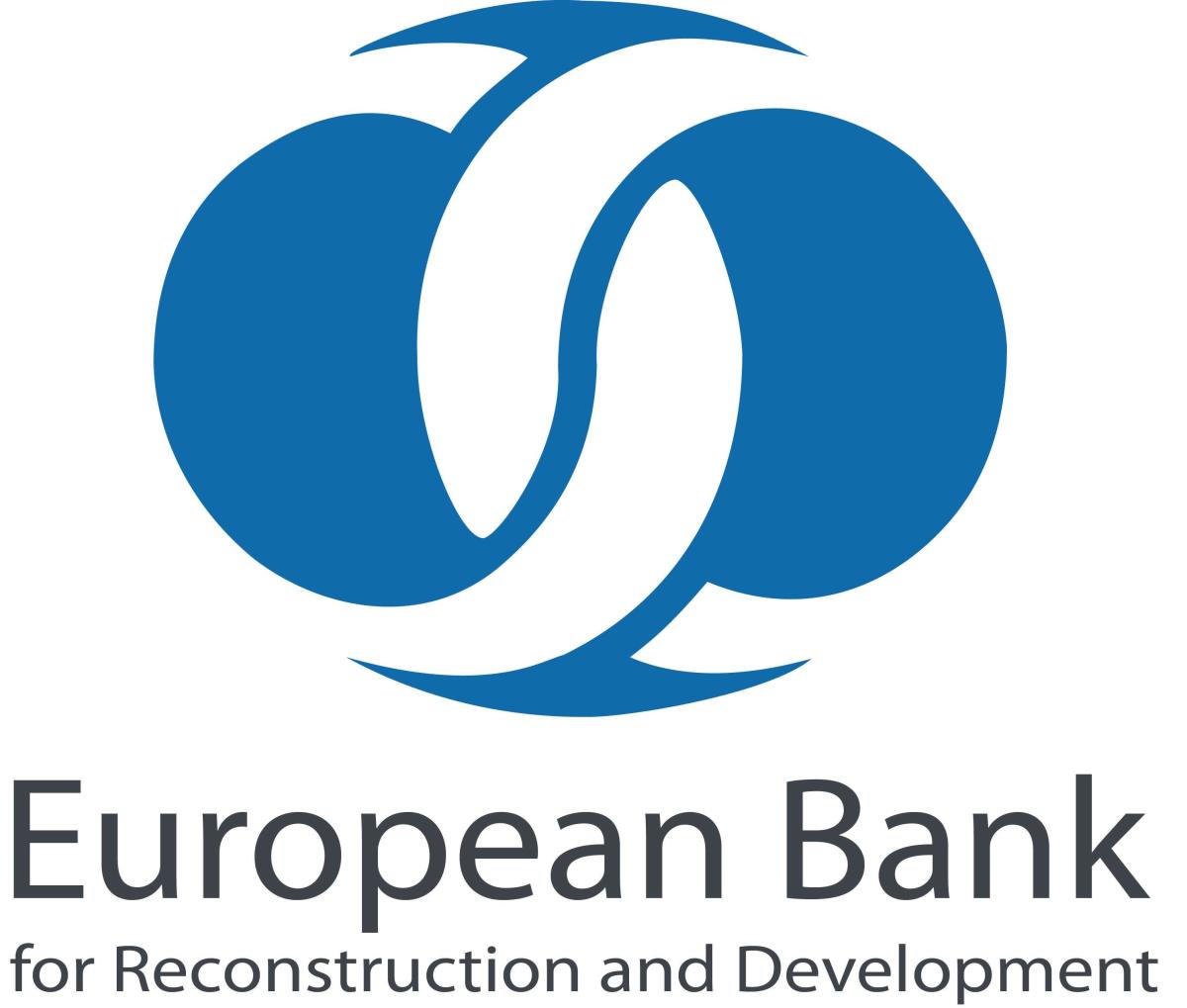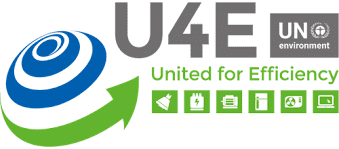Super-Efficient Equipment and Appliance Deployment (SEAD)
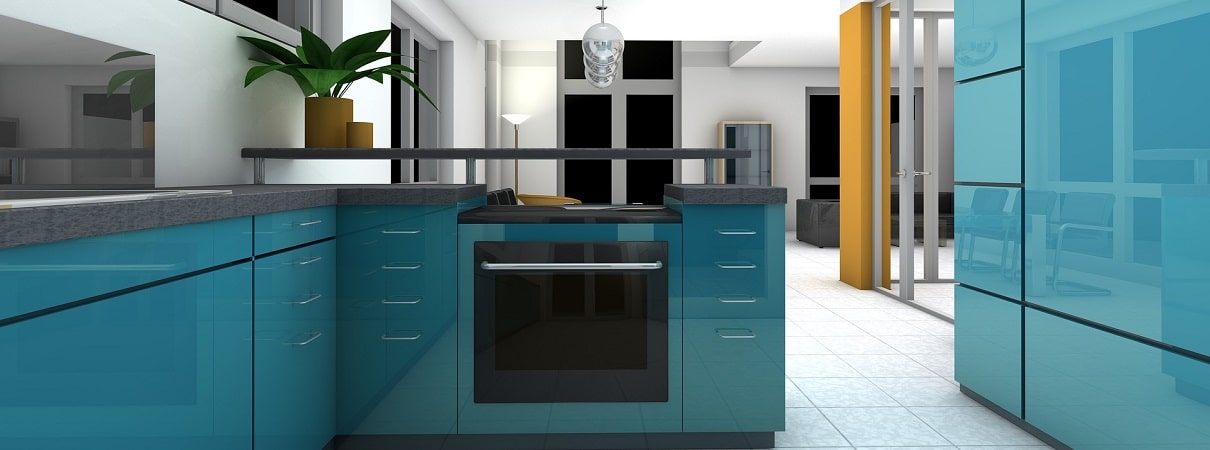
Goal
The SEAD Initiative works to rapidly accelerate the energy efficiency of appliances. It brings together governments, manufacturers and other organisations to strengthen appliance efficiency policies. It does this by sharing knowledge, providing research, supporting policy, and driving ambition.
Overview

The SEAD Initiative is a joint CEM Initiative and Energy Efficiency Hub Task Group. It promotes the manufacture and sale of energy-efficient appliances, lighting, and equipment worldwide. It is coordinated by the International Energy Agency.
At its core, SEAD is about governments working together to reduce energy use, bills and emissions. It does this by turning knowledge into action, to help transform the global market for energy-efficient products.
SEAD’s 25 member governments collaborate to strengthen appliance policies and implement them quickly. These policies are a proven, cost-effective way of lowering consumer energy bills. In doing so they also increase the resilience of economies. They are often the lowest-cost tool for governments to achieve significant emissions reductions.
![]() Read more about SEAD in the 2-page factsheet (pdf)
Read more about SEAD in the 2-page factsheet (pdf)
Activities
Product Efficiency Call to Action
The Goal
To double the energy efficiency of four key products by 2030
Together, these account for over 40% of global electricity demand.
Doubling the energy efficiency of these products would bring substantial energy demand savings, avoid greenhouse gas emissions, promote business innovation, and ensure consumer access to affordable and high-performing technologies. To do this, in 2021 the UK and the IEA launched the Product Efficiency Call to Action, the largest ever international initiative on appliance energy efficiency.
![]() Read the Product Efficiency Call to Action Frequently Asked Questions (pdf)
Read the Product Efficiency Call to Action Frequently Asked Questions (pdf)
The Call to Action has five main goals
- Set countries on a trajectory to double the efficiency of key products sold globally by 2030
- Support the delivery of crucial national climate change targets
- Provide consumers and businesses with more efficient products that are affordable and cost-effective to own and operate
- Stimulate innovation and provide businesses with increased market and export opportunities
- Promote a dual course of action, making products both energy efficient and climate friendly by reducing the use of refrigerants in cooling appliances
SEAD aims to achieve these goals by actively engaging with Members, manufacturers, financing bodies and a range of other stakeholders.
Through the Call to Action, SEAD works with Members to develop energy performance ladders, a tool for raising policy ambition on appliance energy efficiency.
![]() Go to ‘Efficient policies’ above to learn more about energy performance ladders
Go to ‘Efficient policies’ above to learn more about energy performance ladders
Recognition for SEAD and the Call to Action
During COP26, forty-one countries launched the Breakthrough Agenda – a commitment to work together internationally this decade to accelerate the development and deployment of the clean technologies and sustainable solutions needed to meet the Paris Agreement goals. SEAD was identified as one of the leading initiatives for international collaboration as part of government commitments to Breakthrough Power. The SEAD Initiative was also mentioned in the 2021 and 2022 G7 commitments to action and in the G7 Communiqué by Environment Ministers. In the communique the G7 endorsed the SEAD goal of doubling the efficiency of four key energy-using products sold globally by 2030: lighting, residential cooling, residential refrigeration and industrial electric motor systems.
Call to Action participating countries
As of November 2023, 15 SEAD members have endorsed the Joint Statement on the Product Efficiency Call to Action:
![]() Read the joint statement on the Product Efficiency Call to Action (pdf)
Read the joint statement on the Product Efficiency Call to Action (pdf)
Efficient Policies
SEAD encourages member governments to set ambitious appliance energy efficiency policies.
Energy efficiency policies are most effective when they are developed and implemented in a coordinated way. There are three types of appliance energy efficiency policy. Together these form an appliance policy package.
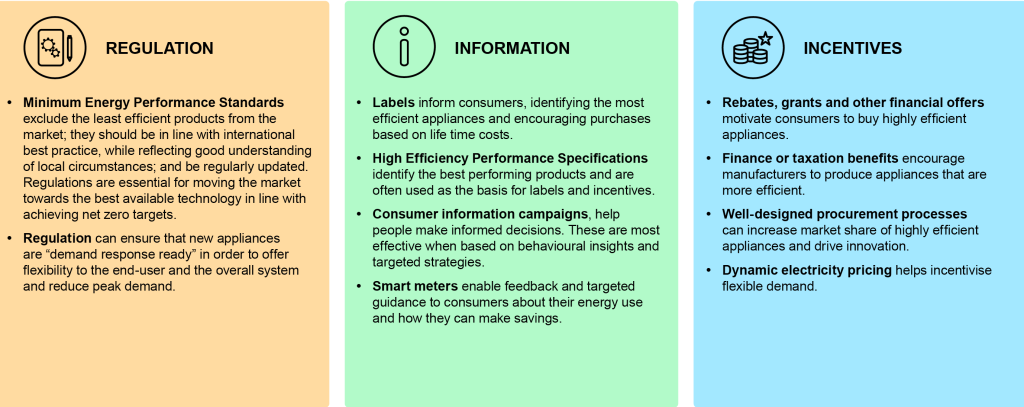
The Energy Performance Ladder
Effective appliance policy should become more ambitious over time, to constantly improve energy efficiency. To help governments achieve this, SEAD works with government to develop energy performance ladders. Ladders are a simple visual policy tool that bring together different appliance efficiency policies under a single consistent set of thresholds.
![]() Read more about the energy performance ladders by downloading the SEAD briefing slides (pdf)
Read more about the energy performance ladders by downloading the SEAD briefing slides (pdf)
A government can create a ladder for any appliance sold in its market. Each ladder step represents a level of energy efficiency corresponding to a policy threshold.
- The lowest step is a MEPS level, with less efficient products being banned.
- Middle steps are thresholds for consumer efficiency labels (e.g. G to A, moving upwards).
- Upper steps are efficiency thresholds for incentives like grants or tax rebates.
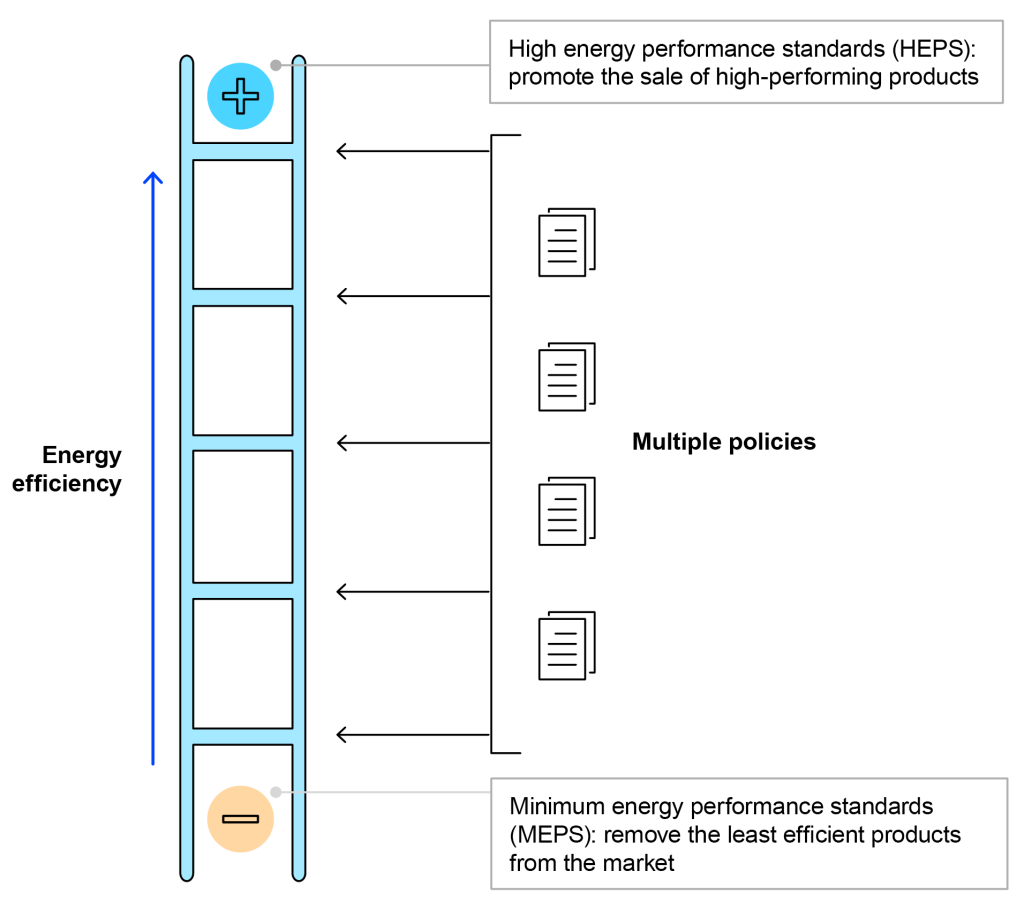
Setting a ladder helps governments and manufacturers by:
- Showing a clear trajectory for improving efficiency over time. Ladders show how policy will move up the ladder in future.
- Benchmarking energy performance across markets. They allow policy to be compared in a consistent way. They also allow governments to set policy that is suited to local market conditions.
- Aggregating markets. Consistency between markets reduces operational costs. It also increases the customer base of high-performing products.
SEAD Efficient Product Focus
As part of the Product Efficiency Call to Action, the SEAD Initiative is focusing on four types of products that together account for over 40% of global electricity consumption.
SEAD is also currently supporting members on other priority appliances.

In the past, SEAD has worked on a wide range of other products and equipment.
Member countries and organisations
Co-leads
Coordinator
Multilateral Development Partners
SEAD collaborators
Past work
About the Global Efficiency Medal
SEAD’s Global Efficiency Medal competition encourages the production and sale of super-efficient equipment, appliances, and electronics by recognizing the world’s most energy-efficient products.
Since 2012, the Global Efficiency Medal has served as a high-level forum to showcase manufacturers’ ability to meet consumer demand for feature-rich, energy-efficient products that provide top-quality services while reducing energy costs. The awards competitions demonstrate the levels of efficiency that are possible today, and shine a spotlight on innovative new technologies that can further push the boundaries of efficiency and slash energy consumption.
Participating Governments
 Australia Department of Industry and Science
Australia Department of Industry and Science
 National Resources Canada
National Resources Canada
 India Bureau of Energy Efficiency
India Bureau of Energy Efficiency
 Swedish Energy Agency
Swedish Energy Agency
 United Kingdom Department of Energy and Climate Change
United Kingdom Department of Energy and Climate Change
 United States Department of Energy
United States Department of Energy
Television Awards
In 2012, the first SEAD Global Efficiency Medal competition recognized the world’s most energy-efficient flat-panel televisions from Samsung and LG.
Awards winning products from the European region were recognized at an awards ceremony at the IFA Fair in Berlin, Germany in September 2012. International winners were recognized at the Clean Energy Ministerial in April 2013.
Lighting Awards
The sixth SEAD Global Efficiency Medal competition identified and recognized highly energy-efficient industrial lighting luminaires from LumoLumen and Zumtobel, and outdoor lighting luminaires from Bajaj Electricals. Winning products were recognized at an awards ceremony at the International Energy Agency in Paris, France – 07 November, 2017.
Motor Awards
The SEAD Global Efficiency Medal competition recognized super-efficient electric motors from Nanyang Explosion Protection Group Company Limited and Siemens Limited (India).
Regional award winning products were recognized at an awards ceremony at the Motor Summit in Zurich, Switzerland in October 2014. International winners will be recognized at the Clean Energy Ministerial in May 2015.
Display Awards
The SEAD Global Efficiency Medal competition recognized the world’s most energy efficient computer monitors from Samsung, LG, and Acer.
Award winning products from the European region were recognized at an awards ceremony at the IFA Fair in Berlin, Germany in September 2013. International winners were recognized at the Clean Energy Ministerial in May 2014.
Connected Efficiency Awards
Since 2012, SEAD’s Global Efficiency Medal has spotlighted innovative new technologies that can push the boundaries of efficiency and reduce energy consumption, with competitions for televisions, computer displays, electric motors, and lighting products. SEAD leveraged this experience to organize the 2017 Connected Efficiency Award, in collaboration with the Connected Devices Alliance (CDA) and the IEA 4E’s Electronic Devices and Networks Annex (EDNA).
The SEAD Connected Efficiency Award recognized energy efficient communications protocols and their authors. The nomination period closed on 08 September 2017. Final results were announced on 7 November 2017.
The SEAD Street Lighting Tool provides a quick, easy way for government procurement officials to evaluate the quality, efficiency, technical compatibility, and lifetime cost of different street lighting products. The tool is available in English, French, Russian, and Spanish.
The SEAD Street Lighting Tool is a free, easy-to-use calculator that helps municipal officials make more informed procurement choices and alleviate some of the complexity involved in purchasing new street lighting products.
Street lighting is one of the largest sources of energy consumption under a municipality’s direct control. Deployment of new, advanced street lighting technologies – such as light-emitting diode (LED) fixtures – can improve visibility and reduce light pollution, while lowering energy consumption by 50 percent.
How you can use the SEAD Street Lighting Tool
Small municipalities and first-time users can perform basic assessments of lighting options using common road configurations.
Experienced lighting designers can quickly and easily prescreen products for a particular road and pole configuration, analyzing tens or hundreds of fixture choices at the same time.
Manufacturers can provide consistent recommendations on the best lighting fixtures for particular road configurations.
The SEAD Street Lighting Tool makes it easy to identify the best lighting product for any circumstance, allowing users to simply and comprehensively evaluate lighting products – both LEDs and conventional fixtures – according to technical specifications, lighting quality, cost, and energy savings. With the tool, you can:
- Identify optimal street lighting solutions for common road layouts
- Analyze and compare a large number of lighting fixtures simultaneously
- Calculate potential energy and costs savings from the deployment of efficient street lighting
- Achieve up to 50 percent in energy savings
Designed for international use, the tool is available in English, French, Russian, and Spanish.
For additional support, or if you are interested in using the SEAD Street Lighting Tool to inform procurement processes in your city or country, contact us.
The SEAD Street Lighting Tool is supported by Mexico’s National Commission for Energy Efficiency, India’s Bureau of Energy Efficiency, Natural Resources Canada, the Swedish Energy Agency, and the U.S. Department of Energy.
Governments around the world maintain public databases to serve as authoritative sources of information about the energy performance and other characteristics of products in select markets.
Product databases can be used for multiples purposes, including as:
- Certification databases, to collect national or regional information on products that are compliant or non-compliant with product energy efficiency policies
- Product databases for modelling purposes, enabling governments to connect sales and efficiency trends to help inform the development of future policies
- Consumer information databases, to support consumers in making smart and informed purchasing decisions
SEAD is aware of the following product databases and mobile applications. Please tell us if you know of others.
- Australia and New Zealand Energy Rating product lists
- Brazil Energy Efficiency / Consumption tables
- California Appliance Efficiency Database
- Canada searchable product lists
- China Energy Label product database (more info here)
- Taiwan (Chinese Taipei) certified products database
- European Union Eurovent certification database
- European Union Energy Labelling Product Database
- Hong Kong labeled products database
- India Star Label product database (more info here)
- Japan product database
- Korea energy consumption efficiency rating system
- Malaysia Suruhanjaya Tenaga (Energy Commission) product registration database
- Mexico NOM-ENER standards and certification programme smartphone application (Android download)
- Philippines labeled and certified product lists
- Saudi Arabia Saudi Label & Standard (background info)
- Singapore Database of Registered Goods
- South Africa Appliance Energy Calculator mobile app (Android download) (iTunes app)
- Thailand Label No. 5 products database
- Vietnam product registry
- U.S. DOE Compliance Certification Database
- U.S. EPA ENERGY STAR Qualified Product Finder
The Bottom-Up Energy Analysis System (BUENAS) is a tool that allows policymakers to evaluate the potential energy savings and emissions reductions resulting from different appliance energy efficiency standards and labeling (S&L) policies.
BUENAS projects the energy demands and greenhouse gas emissions associated with the use of various appliances and equipment through the year 2030. By taking into account the changes in energy consumption resulting from efficiency improvements to different products, BUENAS provides a comprehensive forecast of the energy savings and emissions reductions that would result from implementation of different appliance energy efficiency S&L policies and programs. BUENAS can model policy impacts nationally, regionally, and globally.
BUENAS helps policymakers:
- Forecast the energy saved and emissions reduced by increasing the efficiency of specific equipment or appliances
- Identify what policy goals are achievable based on the projected impacts of energy standards
- Prioritize policy actions to maximize impact
- Understand the economic potential of high-efficiency appliances
To learn more about how BUENAS can support development of appliance energy efficiency policies in your country, contact Michael McNeil at mamcneil@lbl.gov.
BUENAS was developed by Lawrence Berkeley National Laboratory (LBNL) in collaboration with CLASP, the International Copper Association (ICA), and the US Department of Energy.
The Policy Analysis Modeling System (PAMS) is an easy-to-use software tool that helps policymakers assess the benefits of standards and labeling programs and identify the most attractive targets for appliance efficiency levels.
Decision makers – including policymakers, funding agencies, and other stakeholders – need to know the potential environmental and financial impacts of any S&L policy under consideration. This information is essential to prioritizing strategies that maximize benefits for both consumers and governments. Even at the initial stages of policy development, having access to comprehensive estimates of energy savings and monetary costs and benefits is critical.
PAMS is an Excel workbook designed to give first-order policy impacts projections with a minimum of preparatory research on the part of local policymakers. The tool can be used “out of the box” to estimate costs and benefits of different S&L policies for over 150 countries. Advanced users can improve the accuracy of estimates by customizing the tool with any country-specific data that are available.
PAMS is an ideal tool for countries with few technical or financial resources.
LBNL and CLASP collaborated to conceive, develop, and refine PAMS over more than a decade with funding from the U.S. Department of Energy (DOE), U.S. Environmental Protection Agency, U.S. Agency for International Development, the United Nations Foundation, and the ClimateWorks Foundation. DOE funding was provided on behalf of the Super-efficient Equipment and Appliance Deployment (SEAD) Initiative. PAMS is sometimes called PAMS-MEPS, as its primary use is to support the development of minimum energy performance standards (MEPS).
The LBNL Energy Efficiency Revenue Analysis (LEERA) model helps governments with electricity subsidies design low- and no-cost incentive programs to promote the purchase of energy efficient appliances.
In countries where the government subsidizes the price of electricity for consumers, the LEERA model helps policymakers design revenue-neutral incentive programs. These programs pay for themselves by generating revenue from the energy savings achieved through efficiency improvements. Revenue comes in the form of reduced costs for government electricity subsidies.
The LEERA model calculates:
- Projected efficiency improvements for select appliances
- Energy savings from incentive programs
- Financial savings from avoided subsidies
LEERA-designed incentive programs help policymakers reduce energy consumption while lowering government spending on electricity subsidies. They do so without raising energy standards or reducing subsidy levels, both of which could raise costs for consumers.
Real-World Case Study: If the Mexican government replaces all analog TVs with more efficient LCD models, they can reduce energy consumption by up to 3.5 TWh a year. According to LEERA analysis, even if the government gives away 14 million superefficient TVs for free, they could still generate up to US $877 million in profit as a result of reduced payouts for electricity subsidies.
If you are interested in using the LEERA model to evaluate the energy- and cost- savings potentials of incentive programs in your country, contact us.
Knowledge library
Past affiliated campaigns
Lighting accounts for 15% of the global electricity consumption — more than the electricity generated by all the nuclear power stations in the world — and 5% of worldwide greenhouse gas emissions. An overnight global transition to highly efficient lighting could avoid more than 800 million metric tons of CO2 emissions, equivalent to displacing 684 coal-fired power plants for a year.
At CEM6, 12 countries and the European Commission came together to launch the Global Lighting Challenge (GLC) – a global race to push the global market toward cumulative global sales of 10 billion high-efficiency, high-quality, and affordable advanced lighting products, such as LEDs.
- Since its launch, the GLC built a public-private volunteer coalition of more than 60 governments, manufacturers, retailers, and expert groups working together to accomplish its 10 billion product goal.
- The GLC put market actors on the same side of the climate change project by promoting businesses who make commitments, and showcasing governments who make endorsements.
- At CEM8, the GLC announced that it exceeded its 10 product goal with commitments to deploy 14 billion high efficiency, high quality lighting products!
Since its launch, the GLC built a volunteer coalition with more than 60 governments, manufacturers, retailers, and expert groups working together to accomplish its 10 billion product goal.
The GLC was originally inspired by India’s Unnat Jyoti by Affordable LEDs for All (UJALA), which is working to deploy nearly 800 million LED lights to residents throughout the country. Competitive bidding by manufacturers who participate in the UJALA program has led to sales of over 150 million certified LED bulbs and has brought the price per bulb in India down to less than $1 per bulb.
The GLC has inspired significant efforts to take up the challenge, leading to significant impacts and successes.
- UrbanVolt met their commitment two years ahead of schedule, to convert 1 million inefficient lights.
- Philips Lighting announced its aspiration to sell more than two billion energy efficient LED lights by 2020. Reaching this goal would save energy equivalent to decommissioning 60 medium-sized coal-fired power stations with emissions equivalent to 24 million cars.
- The Vatican endorsed the GLC in a letter to the CEM. Monsignor Marcelo Sánchez Sorondo, Chancellor, Pontifical Academy of Sciences and Pontifical Academy of Social Sciences wrote, “I want to call out and commend the Clean Energy Ministerial’s Global Lighting Challenge, which is working to deploy 10 billion energy saving LED light bulbs as quickly as possible. Success in this challenge can significantly decrease energy consumption around the world while at the same time increase access to modern lighting services for the poorest of the world.”
As a model for future success, Sweden launched its national lighting campaign in 2016. The potential for reduced energy consumption from lighting in Sweden is estimated to be 6-7 TWh (out of a total 14 TWh that is used for lighting each year). Through close collaboration with public and private sectors, including retailers, all government levels, and other actors, Sweden aims to reduce the nation’s electricity demand for lighting by half by 2020.
The GLC laid the groundwork to build future public-private partnerships as a mechanism to increase deployment and uptake of energy efficient appliances, and more. The GLC retired at CEM9 in 2018, but the lessons we have learned can be applied for years to come.
Improving the average efficiency of air conditioners sold in 2030 by 30% compared to today’s models would reduce emissions of carbon dioxide (CO2) by up to 25 billion metric tons over the lifetime of the equipment. This reduction is equivalent to wiping out the annual emissions of 1,550 coal-fired power plants. High-efficiency room air conditioners would also reduce peak electricity demand by as much as 790 gigawatts. Energy-efficient air conditioners that use refrigerants with a low global warming potential (GWP) would double the climate benefit of a refrigerant transition alone and help clean the air in our cities.
The Advanced Cooling Challenge (ACC) urges governments, companies, and other stakeholders to make, sell, promote, or install super-efficient air conditioner or cooling solutions that are smart, climate friendly, and affordable. The campaign seeks commitments, supporting actions, and endorsing statements from energy and related government agencies, public sector organizations, manufacturers, retailers, institutional buyers, and foundations.
Since its launch at CEM7, the Advanced Cooling Challenge achieved commitments to:
- Increase innovation and adoption of improved cooling technologies
- Invest over $1.4 billion in air conditioner efficiency and clean refrigerants
- Advance policy development in over 20 countries around the world
At CEM8, the ACC unveiled the Global AC Market Tracking Tool. This tool tracks the availability of air conditioner products based on energy efficiency, refrigerants, costs, and size metrics in member countries—most relevant in the Indian, Chinese, and Saudi Arabian markets.
At CEM 9, Mexico hosted, with support from China, the IEA, and K-, a side-event on “Delivering Sustainable Cooling in a Warming World”.
Join us
For all enquiries about joining SEAD, please contact sead@iea.org.












